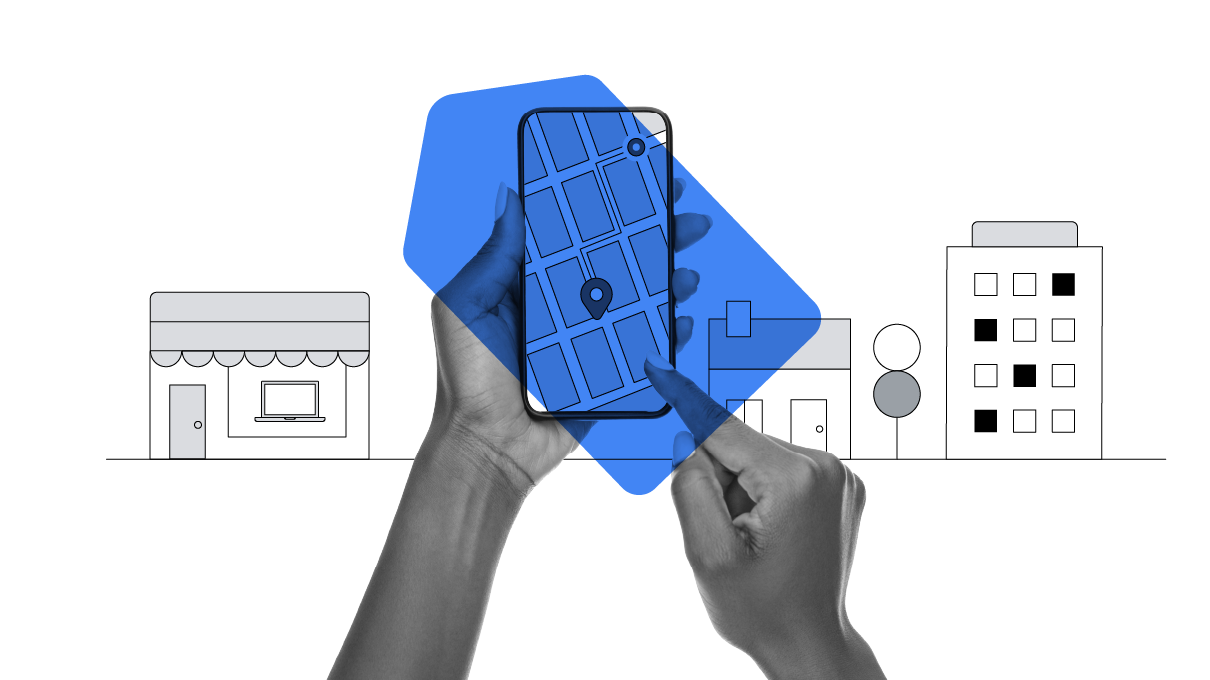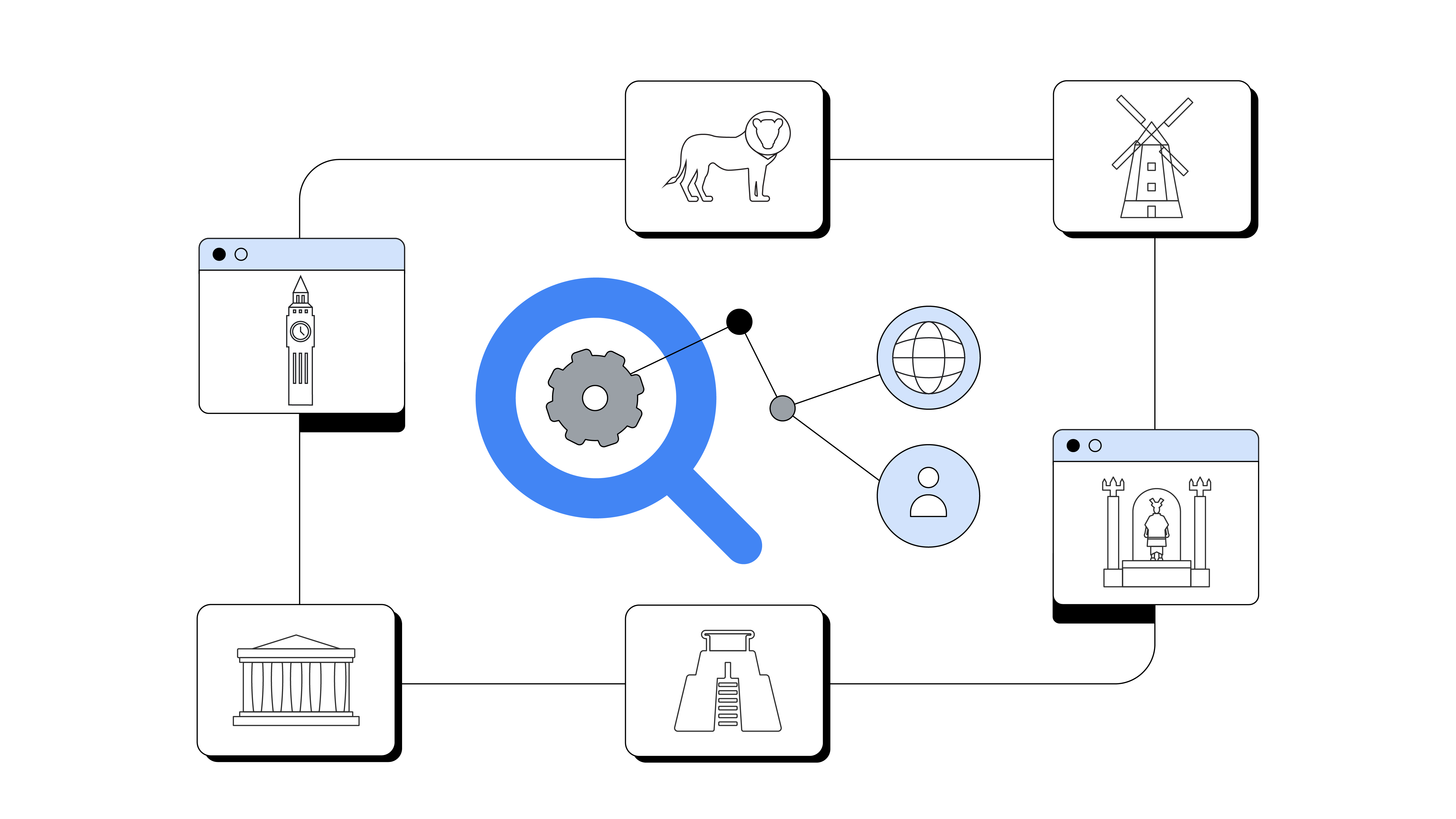Lauri Nurmela and Janne Aartolahti are experts in growth marketing at Finnish smartphone refurbisher Swappie. They deploy marketing mix models to understand the impact of their advertising spend on their sales — and the environment.
The global quantity of e-waste is relentlessly increasing and smartphones are one of the fastest-growing streams. This is particularly interesting when you consider that technology actually has a very long lifespan — one phone could have up to four different owners in its lifetime.
Swappie was founded in Finland in 2016. Over the last seven years, we have refurbished and sold over 1 million smartphones. We have also grown our team to more than 700 people, from 69 countries, who all share a vision of making refurbished smartphones mainstream.
In Finland alone there are estimated to be over 9.4 million mobile phones. With a population of 5.5 million that’s roughly 1.7X smartphones per person. A Kantar survey commissioned by Swappie revealed that around 65% of people in Finland hold onto their old phones and 13% are not aware that they can sell their phone. By refurbishing them, we are reducing environmental waste — as each refurbished phone has a carbon footprint 78% lower than producing a new one — and enabling people to get connected more accessibly.
We wanted more people to be aware of the lower environmental impact of buying a refurbished smartphone instead of a new one. And we used marketing mix models (MMM) to help us measure the success of our efforts to get that message out there.
Reduce: Start with what you need to grow your impact
We’ve tried many different measurement models over the years to measure the impact of our marketing, but we felt like there were always shortcomings. We wanted objectivity in how revenue was attributed and there was often a nagging feeling that we didn't have the full picture by looking platform by platform or campaign by campaign.

That’s why we brought in MMM to help us understand the impact of every Euro spent on our bottom line — and the environment. We discovered that by selling over 1 million refurbished smartphones, we have saved over 40,000 tonnes of CO2 emissions.
Reuse: Give your data a new lease of life
With this data in hand, we set ourselves the goal to grow that number and help our customers save over 100,000 tonnes of CO2 emissions by 2024.
We've always been on Google Cloud. We use Supermetrics to pull online advertising data into BigQuery, where we host our whole infrastructure for data collection. And that’s the starting point for any MMM — collecting and understanding your data. Once the data is inside BigQuery, we can transform, organise, and prepare it for modelling.
When you're doing marketing mix modelling, you need to separate your sales into two components:
- Base sales are sales that will happen independently of short-term marketing activities. For example, returning customers.
- Incremental sales are those additional sales driven by marketing activities, such as display ads or promotions.
This is where Vertex AI came in for us. We built our own custom marketing mix model, and deployed it on Vertex AI. The benefit to doing this is that the automation takes care of everything but the building of the system itself — at least that was the case for us. It uses AI to look at the past 60 days of marketing data, how much we have spent on different channels, base sales, and incremental sales. Then it predicts what would happen when we spend more or less on a channel.
Every marketing campaign a threshold is reached where each additional spend will drive lower impacts. This is the point of diminishing returns.
We have been using these kinds of models for over a year now, but we wanted to address a fundamental problem. All our models had been static and built on an assumption that nothing changes. That the same spend, on the same channel, would always return the same sales.
But sales aren’t like that. At some point in every marketing campaign a threshold is reached where each additional spend will drive lower impacts. This is the point of diminishing returns.
We set out to build an MMM that takes all nuances of media performance into account. In a typical MMM, the relationship between sales and drivers is considered to be the same throughout the modelling period. In reality, some campaigns drive sales more than others. Adding time varying coefficients to our MMM allowed us to acknowledge this change and let the relationship between media and sales fluctuate.
This means that we can now continuously generate new insights and findings with our MMM, as the current iteration is a dynamic model that changes day to day.
Recycle: Results that you can keep iterating on
Measuring the impact of marketing mix modelling is hard because we can't directly observe the world where we don't use MMM. What we do know is that using MMM has helped us improve marketing efficiency by 15% across all channels.
As we are a circular company, sales are not always our primary measure of success, however. We want to reach more people and convince them to sell us their old phones so we can refurbish them. And we’ve also doubled the number of people who want to give their phone a new life through us since we started using MMM.
Our measurement models may adapt and iterate, but our goal to make refurbished electronics mainstream, remains consistent.
Marketing mix modelling will continue to be a cornerstone of our decision-making in marketing. We have already enabled daily-level insights and the next challenge is to move from channel-level insights to campaign-level. We also want to experiment with what we could do with ad-level data.
As you have heard, we’ve tried a lot of things with our measurement models. From single channels, to static models, and dynamic ones that take a more dynamic approach while taking diminishing returns into account. Our measurement models may adapt and iterate, but our goal to make refurbished electronics mainstream, remains consistent.







